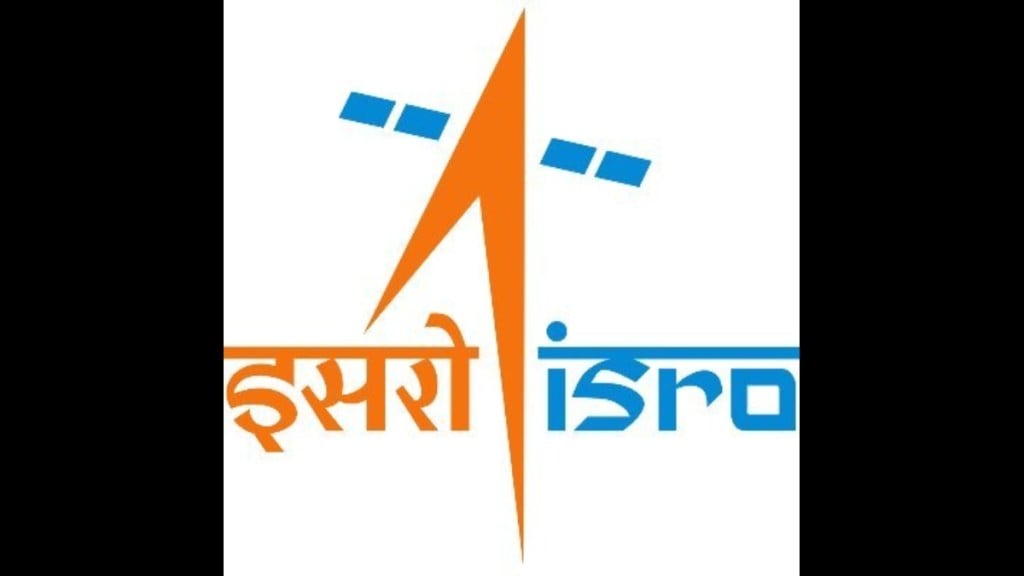Earlier this week (May 9, 2024), Indian Space Research Organisation (ISRO) accomplished the significant achievement of conducting a successful hot test of a liquid rocket engine that was produced using additive manufacturing (AM) technology. The test lasted 665 seconds and involved the utilization of the PS4 engine, which is part of the PSLV upper stage. AM, also known as 3D printing, involves layer-by-layer material addition to create objects from digital models, allowing for complex designs and efficient material usage.
All you want to know
“The PS4 stage is the fourth, and topmost, stage of the PSLV rocket, featuring two liquid engines. Each engine can produce 7.3 kiloNewtons (kN) of thrust in vacuum conditions, achieving a combined total of 14.6 kN. The PS4 engine employs Earth-storable bipropellants—nitrogen tetroxide as the oxidizer and monomethylhydrazine as the fuel, in a pressure-fed set-up. It was developed by ISRO’s Liquid Propulsion Systems Centre (LPSC),” explains Girish Linganna, Defence, and Aerospace analyst.
According to him, “Until now, the PS4 engine has been manufactured using traditional, or conventional, machining and welding methods. The PS4 engine is also utilized in the Reaction Control System (RCS) of the initial stage (PS1) of the PSLV rocket. The RCS controls a rocket, or spacecraft’s orientation, ensuring stability and manoeuvring using small thrusters, enabling precise control for such tasks as attitude control during ascent, precise trajectory adjustments for stage separation, payload deployment and docking manoeuvres.”
The engine was manufactured by M/s WIPRO 3D in India and underwent hot testing at the ISRO Propulsion Complex at Mahendragiri. The LPSC revamped the engine to align with the Design for Additive Manufacturing (DfAM) approach, which brought significant benefits.
Laser Powder Bed Fusion
The Laser Powder Bed Fusion technique used in AM has streamlined the engine’s design, reducing its components from 14 separate parts to just one single piece. This change has also removed the need for 19 welded joints. “The Laser Powder Bed Fusion technique in AM involves using a laser to selectively melt and fuse powder material layer by layer, creating detailed and complex parts directly from a digital design. This method is precise and efficient and allows for the production of strong, lightweight components,” adds Linganna.
Through this method, the material required for each engine has drastically dropped to just 13.7 kg of metal powder, compared to 565 kg of forgings and sheets used in traditional manufacturing processes. Additionally, this approach has cut production time by 60 percent. This means the process is not only more material-efficient, but also significantly faster.
As a step in the development process, the engine’s injector head was built and successfully tested under high-temperature conditions. To ensure the test’s success, extensive preparations were made, including flow and heat simulations, structural analysis and preliminary tests with prototype equipment to understand how the components behave in cold conditions. These steps helped confirm the design’s reliability before the actual hot test.
Following these preparations, four successful test runs of the fully assembled engine were carried out, totalling 74 seconds. These tests confirmed that the engine’s performance met the expected standards. Additionally, the engine underwent a comprehensive test lasting 665 seconds to meet full qualification requirements and ensure that it performed as anticipated.
Plans are in place to integrate this advanced AM PS4 engine into the standard PSLV programme, enhancing its capabilities.

